Mariana Borelli, the owner of Wildflower Native Plants Nursery, started noticing the growing appreciation for native flora in the community a few years ago.
“More people have become aware of the existence and importance of native plants and there is a definite surge of people planting native plants around the neighborhood,” said Borelli.
She highlights the resilience and adaptability of these plants and attributes their popularity to increased environmental consciousness.
Borelli emphasized the minimal impact of weather and climate change on native plants compared to exotic species. Native plants, she said, have evolved to thrive in the local ecosystem. “Native plants are very adaptive and hardy,” said Borelli.
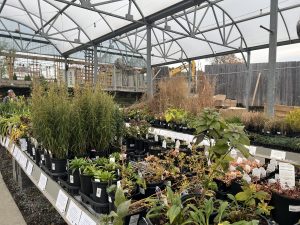
Various factors have driven the surge in awareness of native plants. Rose Cabral, an environmental education and garden associate at Bethesda Green, elaborated on the Be Green Living and Be Green Business programs, which encourage businesses and residents to collaborate on creating a sustainable urban ecosystem.
“I have definitely noticed an increase in no grass yards and native plant promotions at garden centers,” said Cabral. “Planting native plant gardens which can promote low-impact landscape, supports pollinators and preserves biodiversity.”
One of the initiatives is the installation of pollinator gardens, aimed at promoting the importance of pollinators and native plants within the community.
Native plants like coneflowers (Echinacea) and black-eyed Susans (Rudbeckia) attract essential pollinators, making them an attractive option for those looking to support local wildlife.
Mariana Borelli also noted that Bethesda residents are converting their front yards to more valuable spaces.
“People are reducing their lawns and replacing them with native plants because they’ve become aware of how ecologically useless lawns are,” said Borelli. “Lawns don’t provide food for wildlife and have shorter roots, which don’t filter water properly or prevent erosion.”
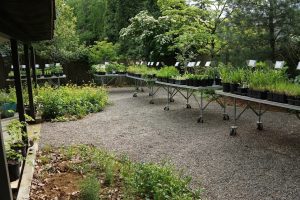
According to the National Wildlife Federation, one in four people (25 percent) specifically buy native plants—an increase from 17 percent in 2020. The number of people planning to transform a portion of their lawn into wildflower native landscape has doubled from 9 percent in 2019 to 19 percent in 2021.
Moreover, the use of native plants has extended to public spaces and developments. Public gardens and parking lots in the area are incorporating more native plants, indicating that there might be grants or subsidies supporting such programs, although specific details remain unclear.
Tracey Johnstone, an employee at American Plant Nursery, sheds light on the growing trend of choosing native plants over their non-native counterparts and the benefits these plants offer to the environment.
“The native plants can handle our weather better. Our summers are pretty hot, and our winters are a lot less predictable,” Johnstone said. “Native plants have adapted to these conditions, making them a more suitable choice for local gardens.”
One example of this adaptability is the creeping phlox, a versatile native plant. Its evergreen foliage provides year-round appeal and serves as an excellent border plant, discouraging the use of non-native alternatives. Even when not in bloom, this plant attracts those looking for low-maintenance yet visually pleasing landscaping options.
Another advantage of native plants is their positive environmental impact, particularly in reducing the need for fertilizers and minimizing runoff into waterways.
Non-native grasses can often be invasive, choking out other plants and requiring excessive maintenance. Johnstone said this has prompted the importance of native plants in many communities, including the Washington, D.C. area.
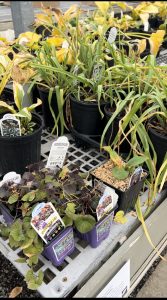
Considering the sales perspective, the emphasis on native plants is not merely a trend but a sound economic choice. As Johnstone said, “Native plants are no longer a niche item. We’ve always had a good-sized native plant collection, but we’ve made it substantially bigger, and it’s turning into good business.”
Nursery owners and employees agree that the popularity of native plants surges and how it is essential to ensure that the right native species are chosen for the specific region. “What is native” can vary from person to person, and the selection of native plants should consider the local climate and ecosystem.
Johnstone suggested The University of Maryland’s horticultural extension, which provides guidance on native plant selection and care and is the bible for enthusiastic gardeners.
In a time when the nursery business is challenging and unpredictable, native plants have become a beacon of hope, said Johnstone.
The COVID-19 pandemic has also played a role in boosting gardening activities. As people spent more time at home, the sales of native plants surged, according to Borelli and Johnstone.
However, the future remains uncertain as various factors, including weather conditions influence the nursery business.
According to a new report from the National Academies of Sciences, Engineering, and Medicine, a lack of native plant seeds is a major obstacle to ecological restoration and other revegetation initiatives across the United States. The report concerns for more concentrated efforts to develop a more robust native seed supply and industry, particularly as climate change increases the likelihood of extreme weather events, which frequently destroy natural regions.
With the ability to withstand local weather, reduce the need for fertilizers, sufficient supply and support biodiversity, native plants are the way for a greener, more sustainable future.


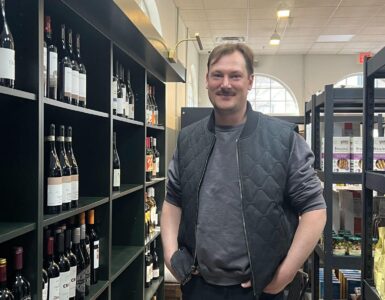

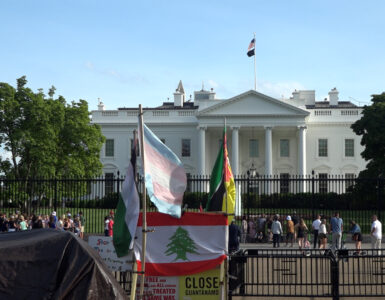










Add comment